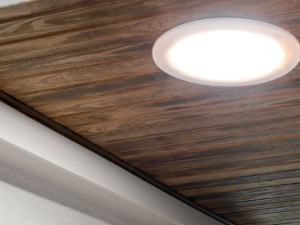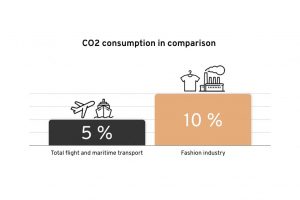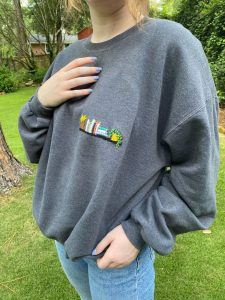The present-day world we live in is seeing a boom in the exploitation of resources that industries crave to grow financially. The phenomenon of mass production is fixated on tending to people’s year-round needs which are constantly evolving at a rapid pace.
Having to provide for millions of people and satisfying new trends means high demand rates, and thus the need for accommodating a heap of supply. New eye-catching products are being rolled out weekly and there is no sign of manufacturers and brands taking a step back.
Aesthetics and presentation play an important role in our consuming habits and there is an often overlooked industry that makes everything more attractive: the gift wrapping industry.
This specific industry is tied to an important matter: sustainability. Shopping and gift-giving is an exciting activity as humans naturally gravitate towards gifting and receiving. There is an environmentally costly race for “presentation” due to the widespread use of new, eye-catching wrapping supplies (specially during the holiday season) such as wrapping paper, ribbons, and other single-use non-recyclable materials to be able to package a plethora of trendy items.
According to an article by Grand View Research on the statistics and trends on gift wrapping products in the US, “Product innovation in gift wrapping products is the major factor contributing to the growth of this industry. Furthermore, the rise in purchasing power has increased the demand for elegant and customized gifting options” (2019).
The next two figures by Grand View Research show the packaging products expected to have the highest demand projecting numbers until 2025, and the general upwards trend for the demand of gifting supplies, and thus show where sustainable gift wrapping options could be implemented.
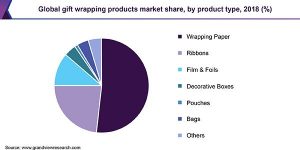
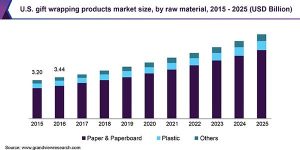
Wrapping paper is the main culprit for wasteful gift-giving, as it is used disproportionately in large amounts. Reasons explaining how wrapping paper is detrimental to the environment are summarized in an article from Wheelie Bin Solutions, whose goal is to reach out to the community about promoting recycling and making changes in the waste bin industry. The author also states that wrapping paper creates enormous tons of waste each year, enough to tear down many forests since it uses “virgin paper”, and most often has components and decorations attached that cannot be recycled (Pryce 2020).

Image from https://shop.tokki.com/blogs/tokkigifting/is-wrapping-paper-recyclable-the-truth-might-surprise-you
There is currently an active movement going around to oppose this issue called “Green Gifting” (Tokki 2020). Companies are starting to look into recycled wrapping paper options, and they are certainly on the rise. More importantly, people have found creative eco-friendly gift wrapping solutions that are making their way to social media. Most techniques tackle the paper-waste aspect of traditional gift-wrapping and repurpose toilet paper rolls, paper bags, newspaper, and textiles. Other ideas show how to substitute or find alternatives to single-use items such as tape, cards and envelopes.
Let’s do our part and start being conscious of what we can use and how we use our resources, especially with the holiday season is around the corner. This is the season to start reducing, recycling and repurposing what we already have. Scroll through the images below to find ideas on how to implement “Green Gifting,” and well…. that’s a wrap!


Fabric wrapping (Japanese Furoshiki technique)
https://www.sustainablebabysteps.com/fabric-gift-wrap

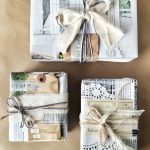
Paper bag bows
https://shop.tokki.com/blogs/tokkigifting/is-wrapping-paper-recyclable-the-truth-might-surprise-you
Eco Friendly wrapping paper from Earth Greetings (Aussie brand)
https://thegreenhubonline.com/2020/12/01/eco-friendly-sustainable-christmas-gift-wrapping-ideas/
Additional sources:
https://www.allthingssupplychain.com/the-wrapping-paper-waste-problem-and-what-can-be-done-about-it/
https://www.grandviewresearch.com/industry-analysis/gift-wrapping-products-market
https://shop.tokki.com/blogs/tokkigifting/is-wrapping-paper-recyclable-the-truth-might-surprise-you

